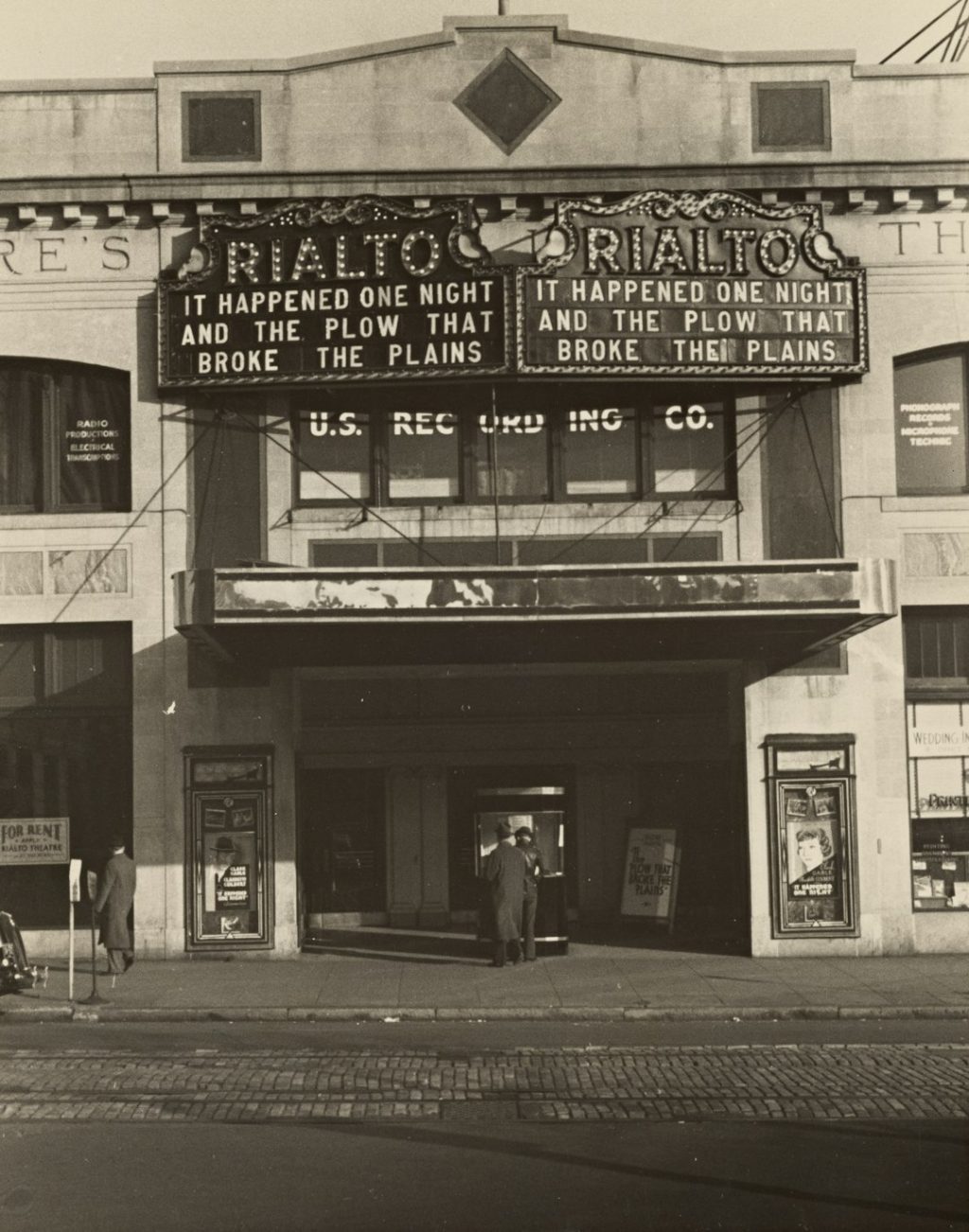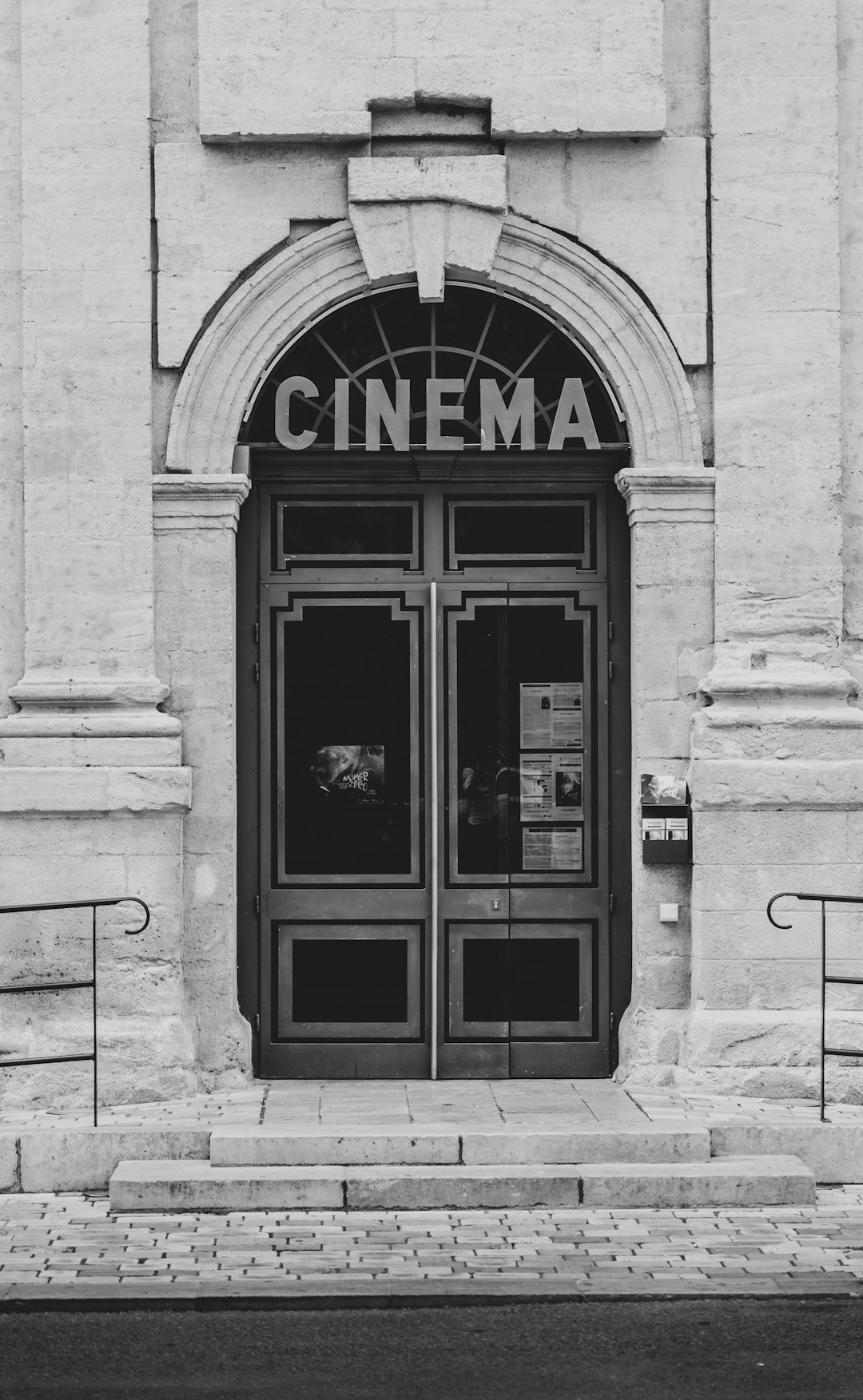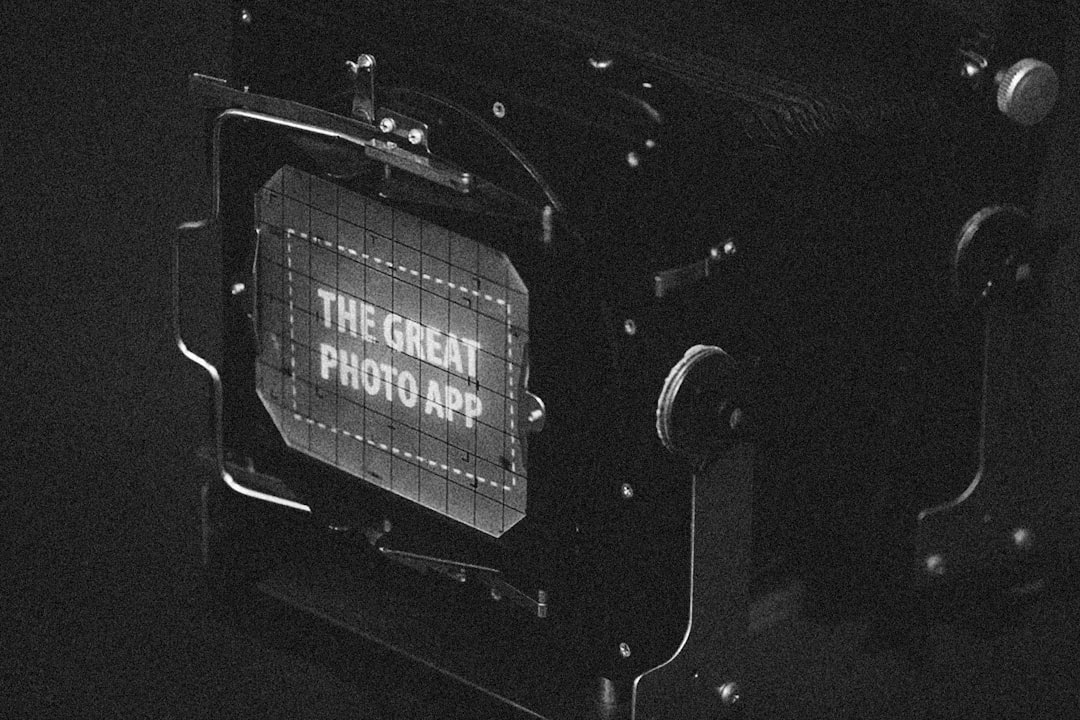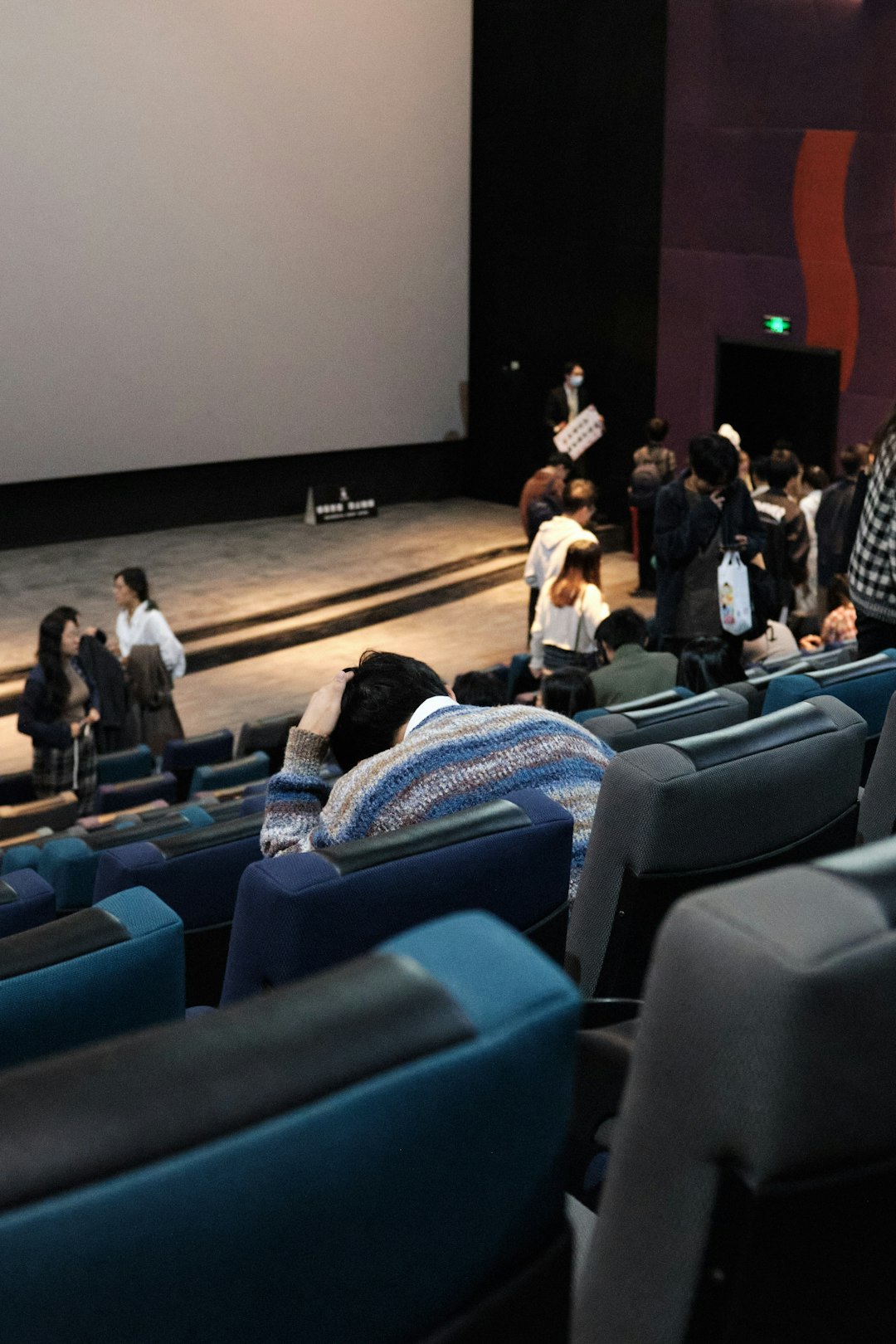Why Some Old Movies Didn’t Have Premiere Parties? Explained
4 min read
Back in the golden days of Hollywood, going to the movies felt like magic. Picture black-and-white screens, dapper suits, and ladies in pearls. But here’s a fun puzzle — not all old movies had big, flashy premiere parties. Why? Let’s dive into this vintage mystery and uncover the reasons.
TLDR:
In the early days of film, premiere parties weren’t common because movies weren’t treated as major events. Budgets were tight, the industry was still figuring things out, and the media didn’t always buzz around every release. Over time, premieres became part of movie culture, but it wasn’t always that way. Keep reading to find out how Hollywood changed!
1. Hollywood Was Still Finding Its Footing
In the 1920s and 30s, Hollywood was growing fast. But it wasn’t the glamorous, red-carpet world we know today.
- Studios were experimenting with storytelling and cameras.
- Actors were still learning how to “be stars.”
- There weren’t many movie theaters yet, especially outside big cities.
People were curious about movies, but they didn’t see them as high art. They were fun and new — not worthy (yet) of champagne and flashing cameras.
2. Budgets Were Small (Like, Really Small)
Today, a blockbuster might spend millions on a premiere. But back then, even making a film was a stretch!
Here’s what tight budgets meant:
- No budget for a crazy celebration.
- No money for press invites or deluxe theaters.
- Marketing was mostly just posters and word of mouth.
Instead of glamorous parties, studios often just sent the film out to theaters without a fuss.

3. The Studio System Controlled Everything
From the 1920s to the 1950s, a few big studios ruled the movie world. They controlled actors, directors, even the theaters!
Because they owned all parts of the process, they didn’t need loud premieres to boost business. They knew their films would be shown.
Most releases followed a pattern:
- Release in one major city.
- Slow rollout to smaller cities over weeks or months.
- No need to launch with one big event.
This method made big blowout premieres unnecessary.
4. Premiere Parties Were Rare But Not Nonexistent
Let’s be clear: Some old movies did have fancy premieres. But only if the movie was expected to be huge.
For example, the 1939 premiere of Gone with the Wind in Atlanta was massive. There was a parade, searchlights, and huge crowds. But that was the exception — not the rule.
Most films? Quiet entrance. Business as usual.
5. The Media Wasn’t Everywhere… Yet
Today, every premiere gets covered — online, on TV, in magazines. But back then?
- TV didn’t exist in most homes.
- Internet? Ha!
- Newspapers covered major stories only.
Having a big party for a movie didn’t guarantee attention. So why spend the money?
Only when the media started following stars did studios care more about red carpets and guest lists.

6. Some Movies Were Just Considered “Regular”
Not every movie was meant to be a hit. Sometimes studios just needed to fill their movie schedules.
These kinds of films were low priority. No one expected big awards or packed houses. So they’d get:
- Simple marketing
- Quiet theater releases
- No party at all
A lot of great classics we love today were once small movies with soft starts.
7. Traveling Premiers Were Actually a Thing
Here’s a fun twist: Rather than one big premiere in LA or New York, some movies had “roadshow” premiers!
That meant the cast or crew would travel city to city with a copy of the movie. Each stop had a little event — maybe a radio interview or meet-and-greet. It wasn’t glamorous, but it built excitement in towns across America.
In a way, it was like a bunch of tiny premiere parties!
8. Enter TV and the Red Carpet Boom
In the 1950s and 60s, TV entered people’s lives and changed everything. Suddenly, people could see their favorite stars outside movies.
This gave studios a new idea: Use premieres to promote films and their stars!
That’s when the red carpet craze really took off. And from then on, big premieres became the norm — especially for big films.
9. Re-Releases Sometimes Got Bigger Premieres
Funny enough, some older films that didn’t have a big premiere the first time around got celebrated later. When a film was re-released, restored, or given an anniversary screening — that’s when they’d get the star treatment.
It’s like Hollywood realized, “Hey, this movie is a masterpiece! Let’s give it the premiere it deserves — 30 years late!”
So, if you see a fancy event for a black-and-white film today, it may have missed its chance the first time!

10. The Takeaway
Old movies didn’t always have premiere parties for several reasons — small budgets, limited media, and a different movie culture. But over time, the idea of the big glitzy premiere caught on. Now it’s a classic part of movie magic!
So next time you watch an old favorite, imagine how it quietly slipped into theaters without a fuss — and grew into the legends we love today.
Fun Fact Bonus!
- The first ever Hollywood premiere was for the 1922 film Robin Hood.
- Grauman’s Chinese Theatre became premiere central in the 1930s.
- Red carpets started getting famous in the 1940s, thanks to color photography.
Sometimes history is just as exciting as the movies themselves!



